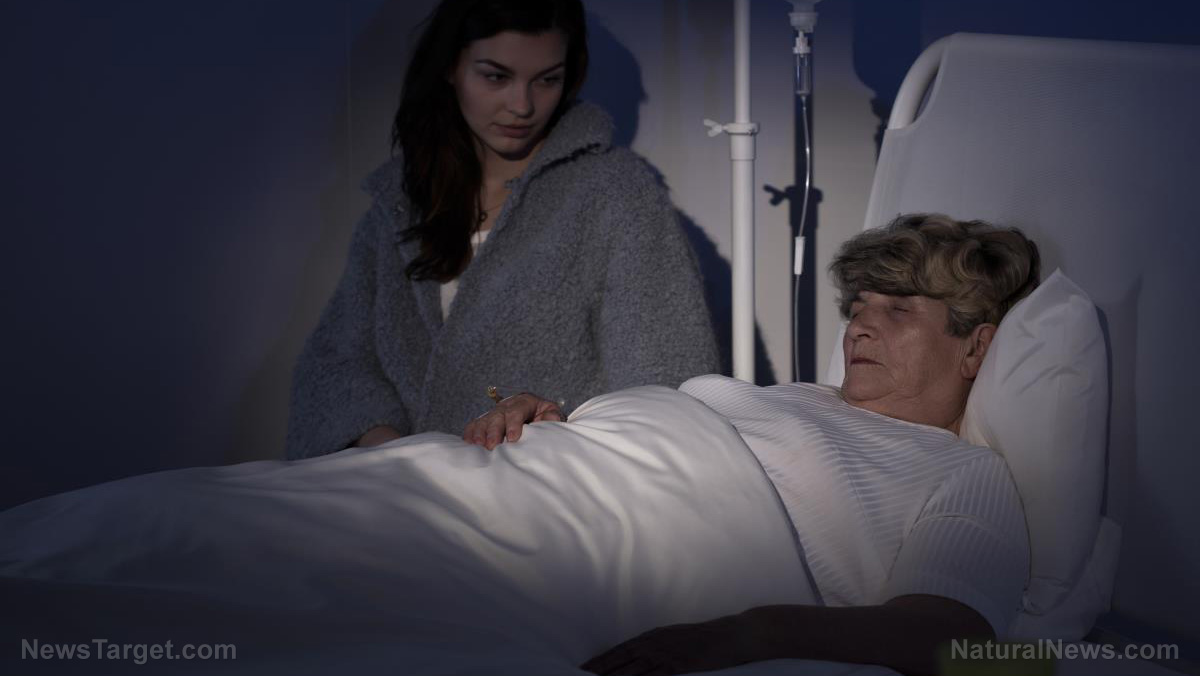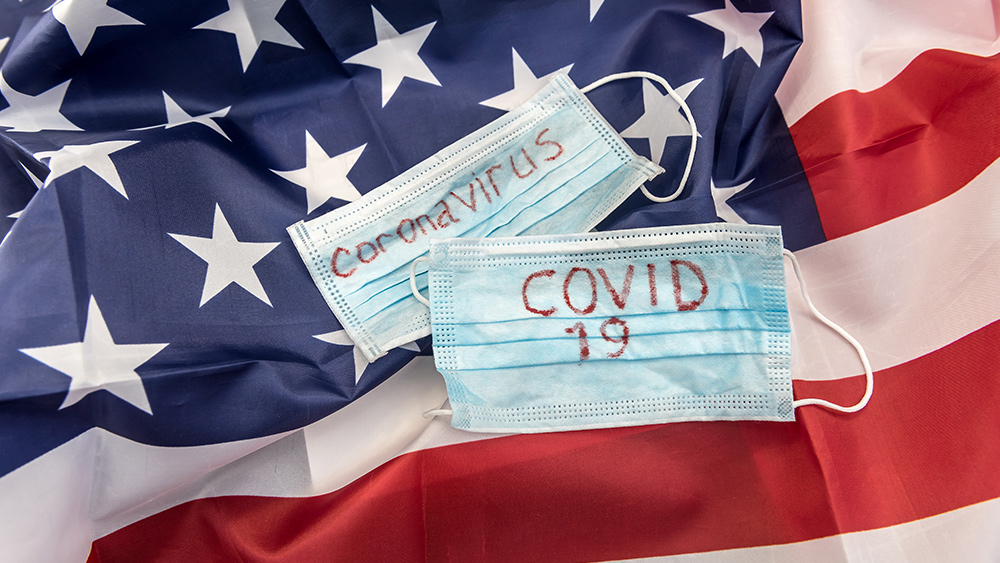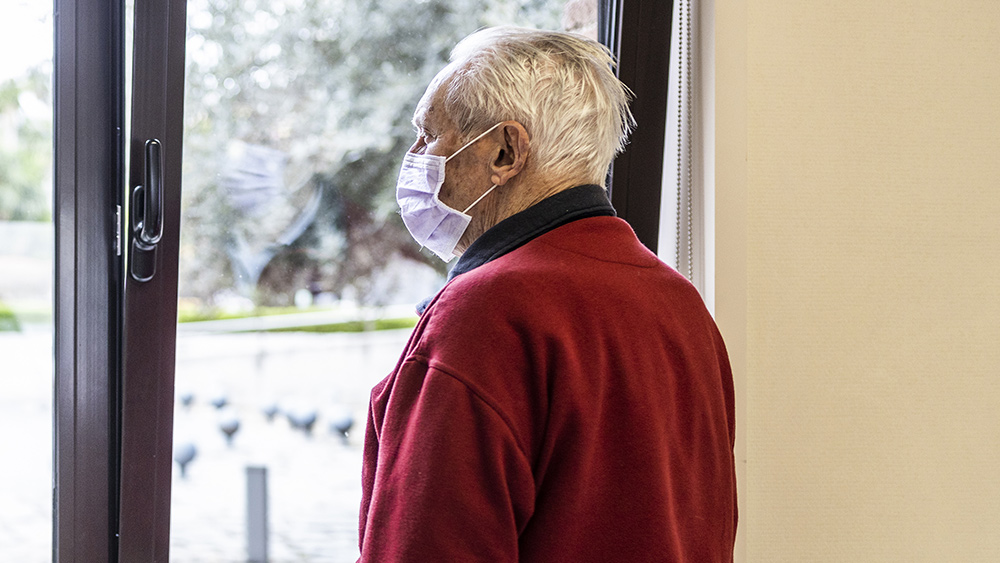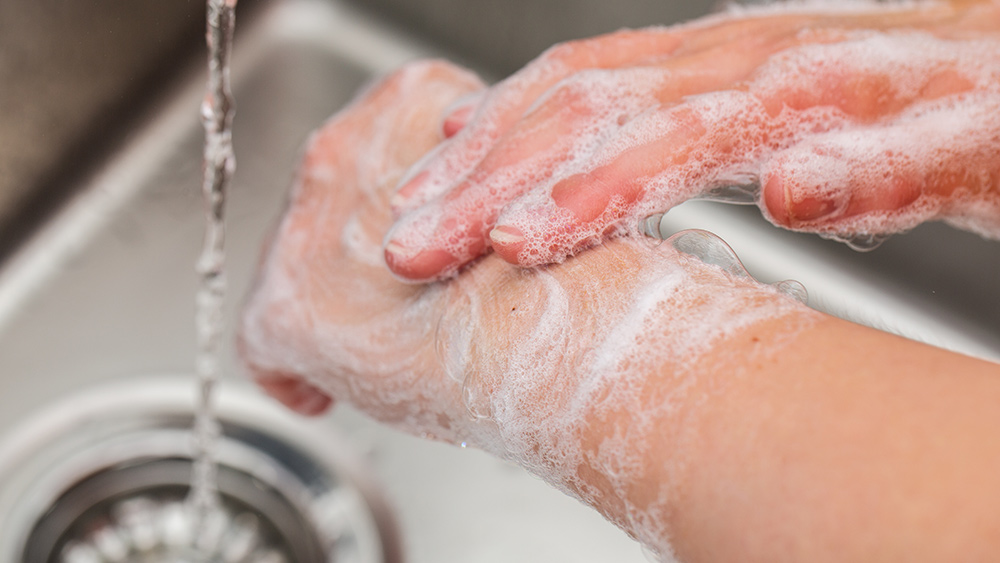For social distancing to truly work, people would need to stand 26 feet apart, say researchers
04/29/2020 / By Ethan Huff
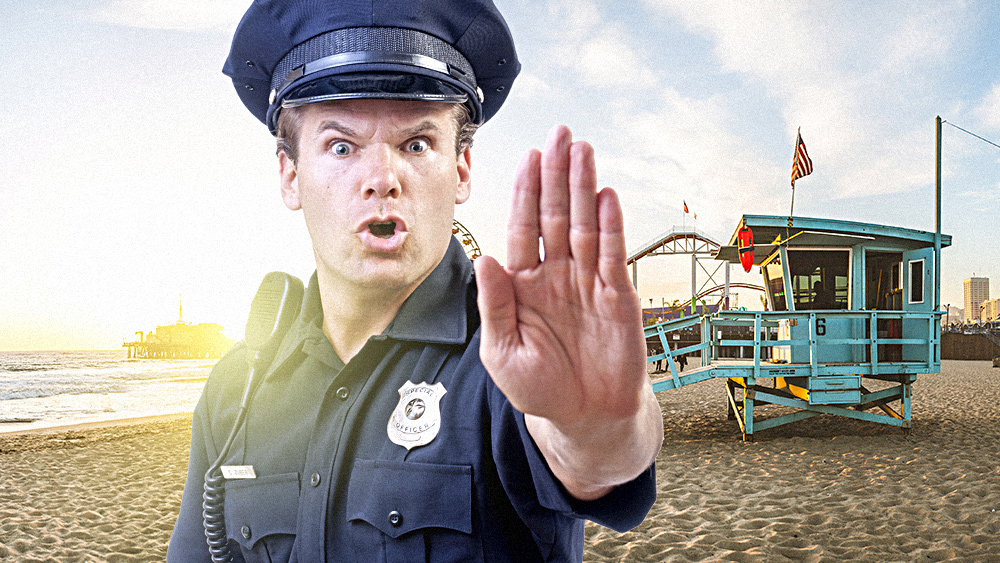
The general standard for so-called “social distancing” is six feet, which authorities claim is helpful in preventing the spread of the Wuhan coronavirus (COVID-19). But new research put out by the Massachusetts Institute of Technology (MIT) says that for social distancing to actually work as claimed, people would need to stand a whopping 26 feet apart from one another, or four times the currently recommended amount.
First reported on by the Telegraph (United Kingdom), the study found that viral droplets expelled in coughs and sneezed are capable of traveling in warm, moist air at speeds ranging between 33 and 100 feet (or 10 to 100 meters) per second. This effectively creates a “cloud” within the atmosphere that extends from anywhere between 23 to 27 feet, affecting everyone within it.
Worse is the discovery that droplets containing the virus can remain suspended in the air for hours before eventually settling. During this time, people who encounter them could pick up the virus long after an infected person breathed or coughed them into suspension.
If these suspended droplets are inside a building that’s running a ventilation system, these shifting movements can further create “turbulent clouds of air” that can send the virus traveling in unexpected directions, and to unexpected locations. Because of this, the authors of the study are calling for social distancing measures to be increased by a factor of four.
“These distances are based on estimates of range that have not considered the possible presence of a high-momentum cloud carrying the droplets long distances,” their paper explains, as published in the Journal of the American Medical Association (JAMA).
“Given the turbulent puff cloud dynamic model, recommendations for separations of three feet to six feet (one metre to two metres) may underestimate the distance, timescale, and persistence over which the cloud and its pathogenic payload travel, thus generating an underappreciated potential exposure range for a healthcare worker.”
Coronavirus can also live in warm pools
In conclusion, the MIT researchers argue that health care workers especially need to wear appropriate personal protection equipment at all times, even when standing more than six feet away from patients. With so many unknowns as to how far, and in what ways, the Wuhan coronavirus (COVID-19) is traveling, it’s better to be safe than sorry, they contend.
Other studies have also found that the Wuhan coronavirus (COVID-19) may persist outside the body if conditions are right. A warm pool, for instance, is an inviting place for the virus to live, which calls into question claims that it can’t survive for very long outside the body at room temperature.
This also casts a shadow of doubt over the notion that the Wuhan coronavirus (COVID-19) won’t be a problem once summer hits. If the virus can persist in a pool ranging between 25 and 41 degrees Celsius, then summer weather won’t necessarily be the cure we’ve all been hoping for.
“I run an exterior wall coating company (closed now for 3 months) and even on a bright sunny day we can still get (spray dust) traveling over 100 yards on a breezy day 200 yards,” wrote one Telegraph commenter about his observations.
“So, I’m confident that someone sneezing this virus out it will be carried a long way dependent on weather conditions and settle on all sorts of surfaces.”
Another commenter added that, “Basically, every time someone leaves the house, they risk getting it.”
More of the latest news about the Wuhan coronavirus (COVID-19) is available at Pandemic.news.
Sources for this article include:
Tagged Under: China, Chinese Virus, coronavirus, covid-19, disease, global emergency, Global Pandemic, infection, infections, novel coronavirus, outbreak, pandemic, social distancing, virus, Wuhan, Wuhan coronavirus
RECENT NEWS & ARTICLES
ImmuneSystem.News is a fact-based public education website published by Immune System News Features, LLC.
All content copyright © 2018 by Immune System News Features, LLC.
Contact Us with Tips or Corrections
All trademarks, registered trademarks and servicemarks mentioned on this site are the property of their respective owners.





